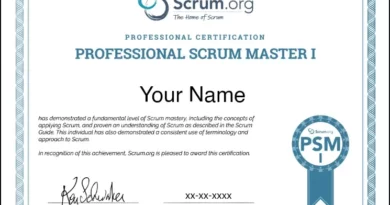Reclaiming Your Life: Transformative Trauma Therapy Techniques
Trauma can have a profound impact on our lives, leaving emotional wounds that can affect our mental, emotional, and physical well-being. However, with the right therapeutic approach, it is possible to reclaim your life and move towards healing and transformation. Trauma Therapy Toronto offers a range of techniques that can help individuals on their journey to recovery. In this article, we will explore some transformative trauma therapy techniques that can support individuals in reclaiming their lives.
Eye Movement Desensitization and Reprocessing (EMDR): EMDR is a specialized technique that helps individuals process traumatic memories and associated emotions. It involves the use of bilateral stimulation, such as eye movements or tapping, while focusing on the traumatic memory. This technique helps to reprocess the traumatic memories in a safe and controlled manner, reducing the intensity of emotions and transforming negative beliefs associated with the trauma. EMDR has been found to be highly effective in the treatment of post-traumatic stress disorder (PTSD) and other traumatic experiences.
Cognitive-Behavioral Therapy (CBT): CBT is a widely used therapeutic approach that helps individuals identify and change negative thought patterns and behaviors that may be contributing to their distress. In the context of trauma therapy, CBT can help individuals identify and challenge negative beliefs about themselves, others, and the world that may have developed as a result of the trauma. By replacing negative thoughts with more adaptive and positive ones, individuals can shift their perspective and regain control over their lives.
Somatic Experiencing: Somatic experiencing is a body-oriented approach to trauma therapy that focuses on releasing stored traumatic energy from the body. Trauma can get stuck in the body, leading to physical symptoms, tension, and discomfort. Somatic experiencing techniques, such as mindfulness, breathwork, and body awareness, help individuals become more attuned to their body sensations and learn how to release stored trauma in a safe and controlled way. This can lead to a greater sense of embodiment and help individuals reconnect with their bodies in a positive way.
Narrative Therapy: Narrative therapy is an approach that focuses on the stories we tell ourselves about our lives and experiences. Trauma can disrupt our sense of self and the way we perceive our past, present, and future. Narrative therapy helps individuals reframe their stories and create a new narrative that empowers them and gives them agency over their lives. By exploring the meaning and context of the trauma within the larger narrative of their lives, individuals can gain a sense of ownership and create a more positive and empowering story for themselves.
Mindfulness and Meditation: Mindfulness and meditation techniques can be powerful tools in trauma therapy. These practices help individuals develop a greater awareness of the present moment, without judgment or attachment. Mindfulness and meditation can help individuals regulate their emotions, reduce stress, and increase their capacity to cope with difficult emotions and sensations that may arise during the healing process. These practices also promote self-compassion and self-care, which are crucial for individuals on their healing journey.
Expressive Therapies: Expressive therapies, such as art therapy, music therapy, dance/movement therapy, and drama therapy, can provide creative outlets for individuals to process their emotions and experiences. Trauma can be difficult to express in words alone, and expressive therapies offer alternative ways for individuals to communicate and process their emotions. These creative outlets can help individuals tap into their inner resources, express their emotions, and gain new insights into their experiences.



